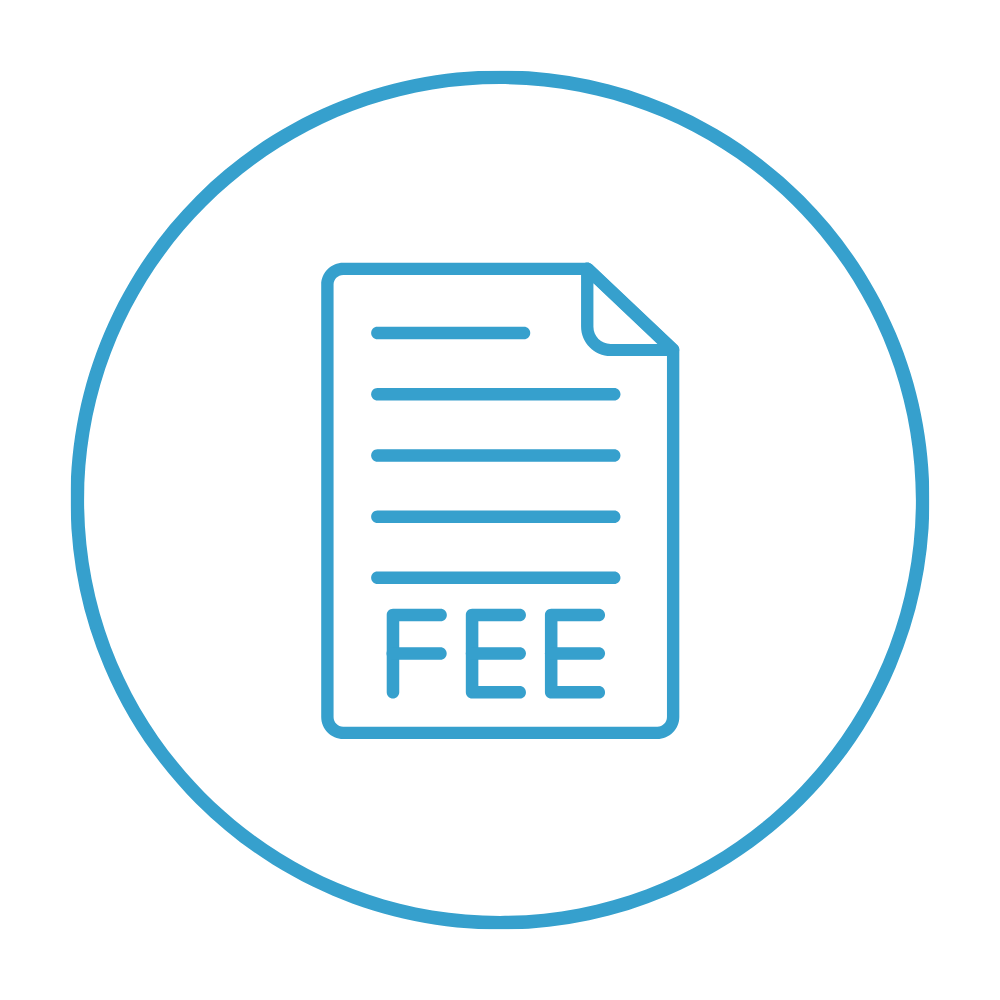In Türkiye, if non-medical veterinary health products are classified as hazardous under the SEA Regulation, the preparation of a Safety Data Sheet (SDS) becomes mandatory. Companies that fulfil this obligation take a significant step toward placing their products on the Turkish market.
Non-medical veterinary health products may be classified as hazardous in the following cases:
- Hazardous substance content: If the product contains one or more substances classified as hazardous to human health or the environment, the product is considered hazardous. Examples include corrosive, irritant, or reproductive toxic substances.
- Specific concentration limits: If the hazardous substances in the product exceed the concentration limits set out in the SEA Regulation, the product is classified as hazardous.
- Mixtures: For products consisting of multiple substances, if the total concentration of hazardous components in the mixture exceeds specific thresholds, an SDS is required.
How Are SDSs for Non-medical Veterinary Health Products Different from Other SDSs?
While SDSs share many similarities, some key differences exist. These differences are summarized in the table below:
| SDSs for Non-medical Veterinary Health Products | Other SDSs | |
| Target audience and use context | The primary target audience includes veterinarians, veterinary technicians, and farmers—individuals who are directly or indirectly in contact with animals. These products are used in specific scenarios related to animal health and welfare, such as disinfection or parasite control. | Typically addresses a broader audience such as industrial workers, laboratory personnel, or home users. Areas of use may range from manufacturing facilities to households. |
| Risk assessment and exposure scenarios | Risk assessments should specifically address conditions involving animal habitats, modes of animal contact, and the methods by which the product is applied. | Since it covers a wide range of uses, exposure scenarios and risk assessments tend to be more general. |
| Focus in environmental impacts | The environmental impact section may emphasize veterinary-specific pathways and interactions, such as release through animal waste, contamination of water sources, and bioaccumulation potential. | The environmental section focuses on general aquatic life, soil, and air pollution potential. |
| Details in first aid and protective measures | First aid measures may include symptoms or recommended actions not only for exposed individuals but also for animals affected by the product. | Provides standard first aid information and personal protective equipment recommendations. |
| Regulatory information | In addition to basic chemical legislation, this section may reference relevant regulations issued by the Ministry of Agriculture and Forestry, as well as specific communiqués or directives related to animal health and hygiene products. | General chemical legislation is usually sufficient. |
As seen in the table, while SDSs for non-medical veterinary health products retain the general format and legal requirements of standard SDSs, they differ by addressing specific interactions with animals and their environments, tailored risk scenarios, and veterinary-relevant environmental impacts.
After analyzing your products, our expert team will prepare SDSs for you that are fully compliant with the legislation.
Chemleg SDS & eSDS Services
Chemleg also offers SDS & eSDS preparation services as part of its portfolio. The Chemleg team provides fast, innovative, and comprehensive SDS solutions for your chemical products.
Start your SDS preparation process now by filling out the form.
Frequently Asked Questions
Is an SDS required for every non-medical veterinary health product?
No, not every product requires an SDS. The requirement depends on whether the product is classified as hazardous under the SEA Regulation.
In what language should SDSs be prepared for non-medical veterinary health products placed on the Turkish market?
All SDSs for hazardous chemical products marketed in Türkiye must be prepared in Turkish.
What should I do if an SDS contains missing or incorrect information?
If you suspect that an SDS contains incomplete, incorrect, or misleading information, you should first contact the supplier or manufacturer of the product. Depending on the severity of the issue, you may also notify the relevant regulatory authority, such as the Ministry of Environment, Urbanization and Climate Change. Legislation requires that SDSs be accurate and up-to-date.
Related Services
- Notification
- Product Label
- Literature Search









